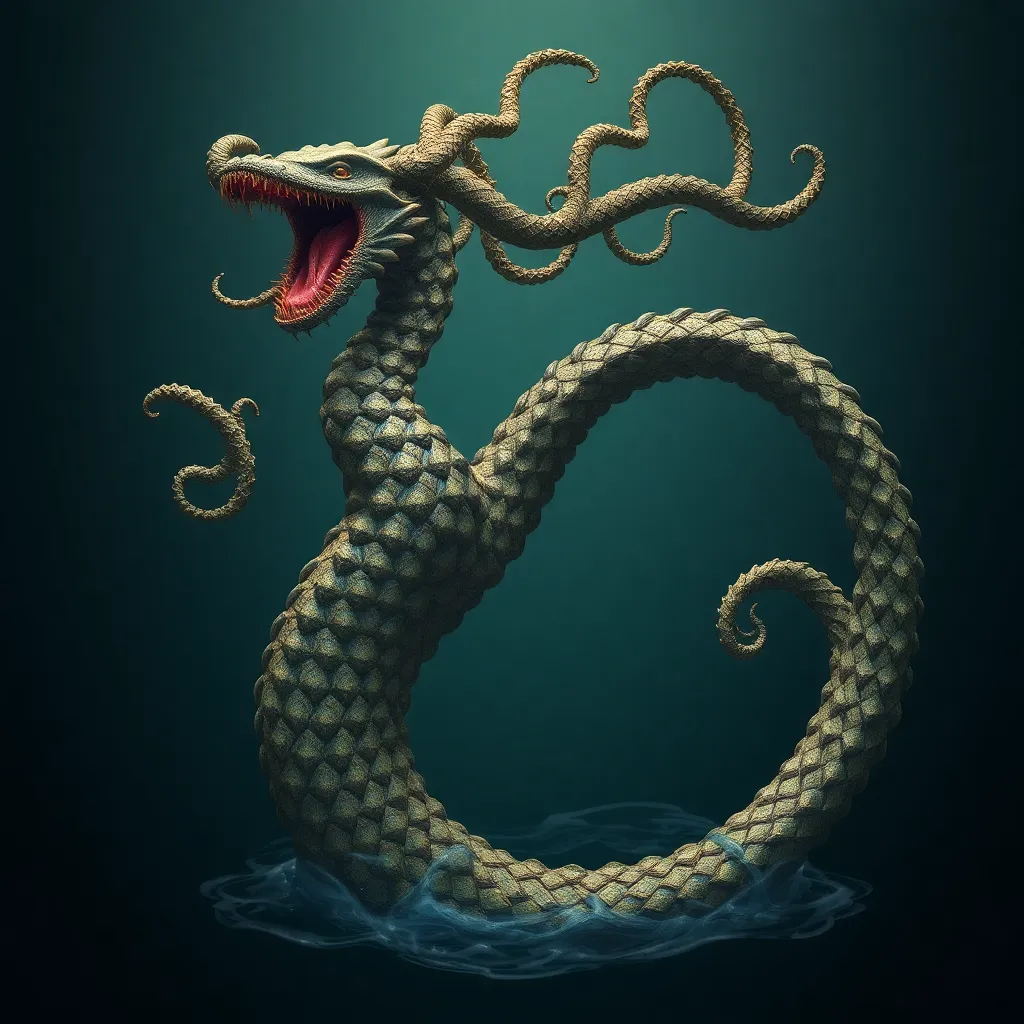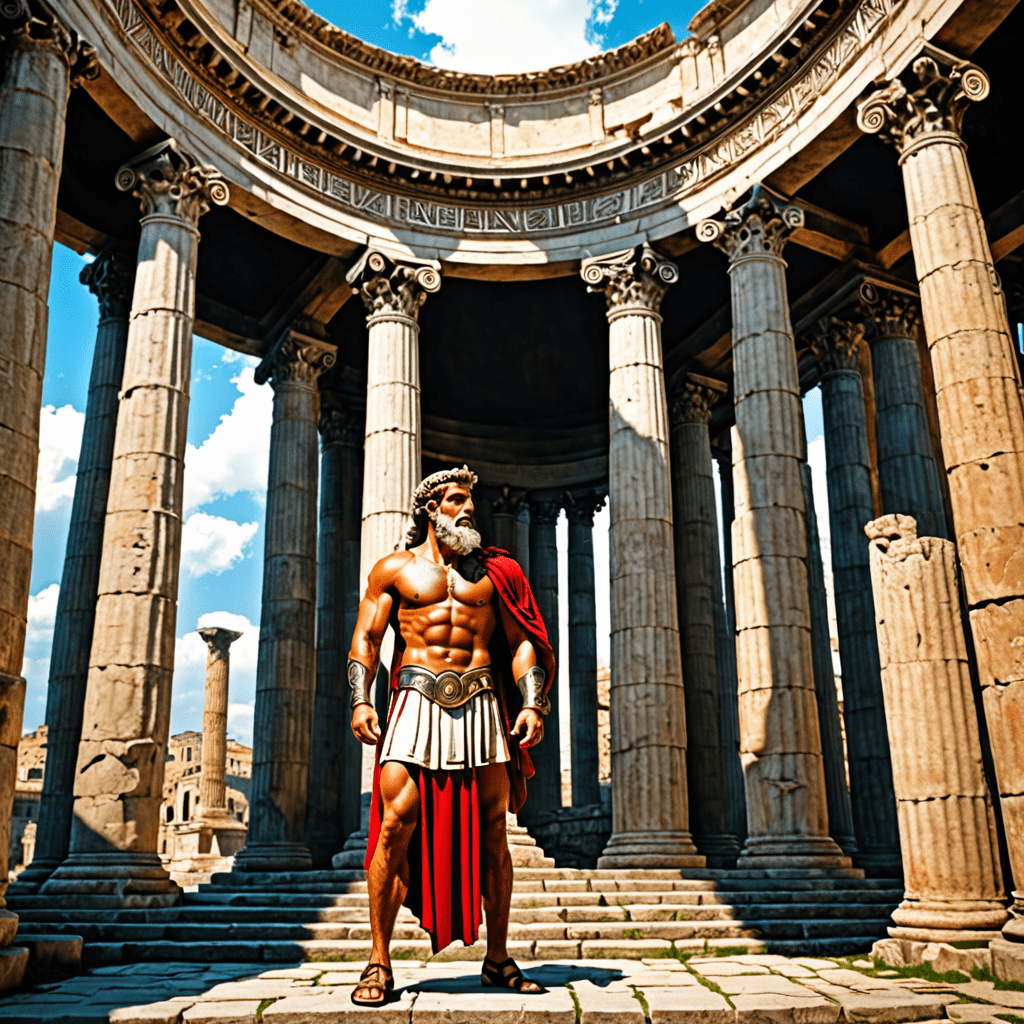The Mythology of the Penobscot Tribe
The Penobscot Tribe, an indigenous people of North America, has a rich and complex mythology that has been passed down through generations. Their stories offer insights into the tribe's beliefs about creation, the nature of the world, and the role of humans within it.
1. Creation Story
The Penobscot creation story begins with a primordial ocean from which emerged Glooscap, a benevolent culture hero who shaped the world and created the first humans. With his powers, Glooscap separated the land from the water, created mountains and rivers, and breathed life into animals and plants. He also taught the Penobscot people how to live in harmony with nature and how to hunt, fish, and farm.
2. The Culture Hero Glooscap
Glooscap is a central figure in Penobscot mythology. He is a powerful and benevolent being who often appears in stories as a teacher, healer, and protector. Glooscap is said to have traveled throughout the land, helping people in need and battling against evil spirits. Many of the stories about Glooscap emphasize the importance of kindness, generosity, and respect for nature.
3. Transformation Myths
Transformation myths are common in Penobscot mythology. These stories often involve animals or objects that can transform into different forms. One well-known transformation myth tells the story of a young woman who is turned into a bear by an evil spirit. With the help of Glooscap, the young woman is able to transform back into human form. Transformation myths often symbolize the power of change, growth, and renewal.
4. Animal Spirits and Totems
The Penobscot people believe that animals have spirits and that they can communicate with humans. Certain animals are considered to be totems, which are believed to have a special connection to particular clans or individuals. Totem animals are often seen as protectors or guides, and they may provide guidance or assistance in times of need.
5. The Underworld and the Soul Journey
The Penobscot believe in an underworld that exists beneath the earth. After death, souls are said to travel to the underworld, where they experience a series of challenges and adventures before they are reborn into a new life. The underworld is often described as a place of darkness and danger, but it is also a place of learning and growth.
6. The Power of Dreams and Visions
Dreams and visions are considered to be important sources of knowledge and guidance in Penobscot mythology. It is believed that dreams can provide insights into the past, present, and future, and that they can reveal hidden truths or messages from the spirit world. Visions, on the other hand, are often seen as a direct experience of the divine or the supernatural. They can offer powerful guidance or inspiration, and they may be used for healing or divination.
7. Sacred Plants and Medicines
The Penobscot people have a deep connection to the natural world, and they believe that certain plants and medicines have sacred or healing properties. Many of these plants are used in traditional ceremonies and rituals, and they are believed to have the power to cure illnesses, promote spiritual growth, or protect against evil spirits. Some of the most important sacred plants include tobacco, cedar, and sweetgrass.
8. The Role of Shamans and Traditional Healers
Shamans and traditional healers play an important role in Penobscot society. They are believed to have special powers and knowledge that allow them to communicate with the spirit world and to heal the sick. Shamans may use a variety of methods to heal, including drumming, singing, chanting, and the use of sacred plants. They may also perform rituals or ceremonies to restore balance and harmony to individuals or communities.
9. Myths of Origin and Migration
The Penobscot people have a number of myths and legends that explain their origins and their migration to their current homeland. One of the most well-known myths tells the story of how the Penobscot people were led to their homeland by a giant beaver. Other myths tell of the tribe's battles with neighboring tribes and their struggles to survive in a harsh and unforgiving environment. These myths provide insights into the history and culture of the Penobscot people, and they help to reinforce their sense of identity and community.
10. Connections to the Natural World
The Penobscot people have a deep and abiding connection to the natural world. They believe that all living things are interconnected, and that humans are but one part of a larger ecosystem. The tribe has a long history of living in harmony with nature, and they have developed a deep understanding of the plants, animals, and ecosystems of their homeland. This connection to the natural world is reflected in the tribe's mythology, art, and ceremonies.
FAQ
What is the most important myth in Penobscot culture?
The creation story is the most important myth in Penobscot culture. It tells the story of how the world was created and how the Penobscot people came to be.
Who is Glooscap?
Glooscap is a benevolent culture hero who appears in many Penobscot myths and legends. He is a powerful being who often helps people in need and battles against evil spirits.
What is the significance of animals in Penobscot mythology?
Animals are considered to be important in Penobscot mythology. They are often seen as symbols of different aspects of nature or the human experience. Some animals are also considered to be totems, which are believed to have a special connection to particular clans or individuals.
What is the role of shamans in Penobscot society?
Shamans play an important role in Penobscot society. They are believed to have special powers and knowledge that allow them to communicate with the spirit world and to heal the sick. Shamans may use a variety of methods to heal, including drumming, singing, chanting, and the use of sacred plants.
What is the significance of dreams and visions in Penobscot culture?
Dreams and visions are considered to be important sources of knowledge and guidance in Penobscot culture. It is believed that dreams can provide insights into the past, present, and future, and that they can reveal hidden truths or messages from the spirit world. Visions, on the other hand, are often seen as a direct experience of the divine or the supernatural. They can offer powerful guidance or inspiration, and they may be used for healing or divination.



